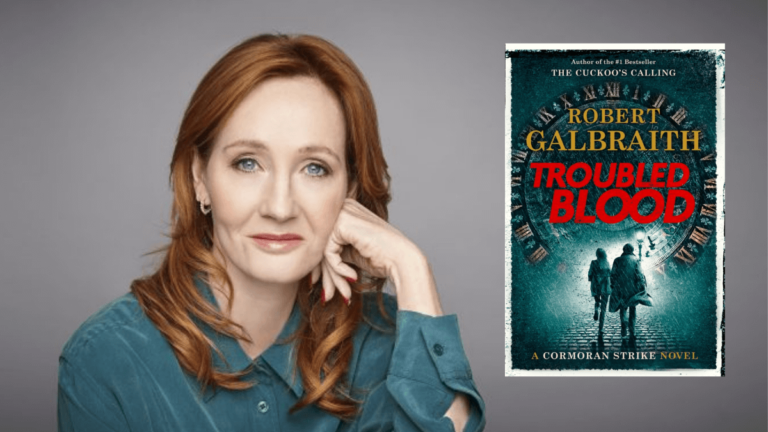
The current outrage storm over JK Rowling’s latest book – the Troubled Blood is not unexpected given the trans-related controversies that have surrounded JK Rowling since December last year. For more on the issue, these pieces on Quillete are good. Link Link. Unwilling to back down in the face of abuse, threats of canceling, Rowling stood firm and wrote a long essay explaining her position here. (I strongly recommend this essay). As expected after the publication of Troubled blood, there was a social media storm with #RIPJKRowling. trending. Prima Facie I was sure that people who had been trolling and attacking the billionaire author were doing so ad hominem without reading the book. Being a fan of Rowling, I was going to eventually read the book (i have read all the earlier four Strike books) but this whole storm made me buy and read the book before commenting on the issue. When I started reading the 888-page book the Good Reads reviews of the book on the day of its release stood as follows
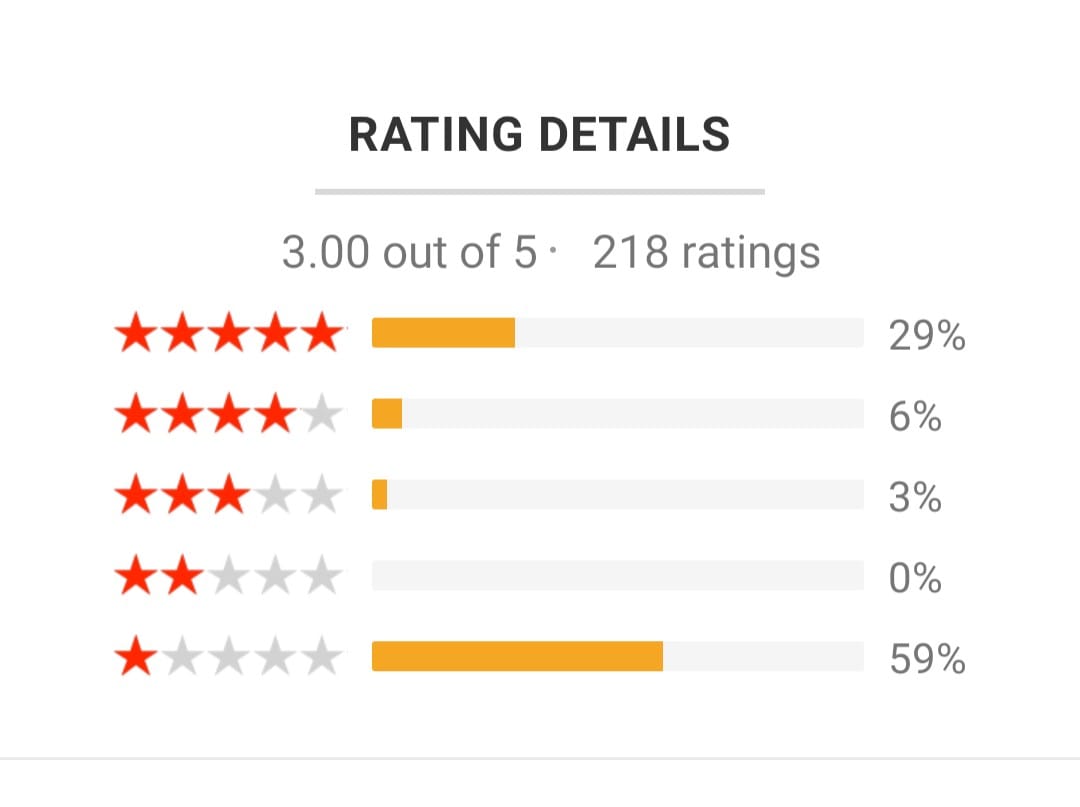
Troubled blood is a long mystery/romance/drama book that runs considerably longer than the average book. While the book isn’t what I would call flawless, but if you are invested in the primary characters by now – you will love the book. The core of the book is an almost impossible cold case (a 40-year-old case of a missing Feminist General Physician), the detectives – Strike and Robin are trying to solve. The issue the trans activists seem to have taken up is that a serial killer suspect in the book is known to disguise himself as a woman to get close to his targets (who were all women). The character of this serial killer is based on 2 real-life serial killers as posted by Rowling herself on her Robert Galbraith website.
a sadistic serial killer active in the 60s and 70s, who was loosely based on real-life killers Jerry Brudos and Russell Williams – both master manipulators who took trophies from their victims.
This character is not a Transsexual. Even his cross-dressing is not given as his only tactic for appearing harmless. Aside from this, the serial killer himself is not the primary focus of the book, but a specter who looms behind the narrative due to his psychopathy not his occasional passing off as a woman. There is no trans character in the book – may be in near future even that will be called transphobia. Additionally, the only Trans character in the Strike series was a character named “Pippa” in the second book of the series – The Silkworm. That character has been dealt with very sympathetically on that occasion with her abuse at hands of men not trivialized or brushed aside. How JK Rowling gets to be a Trans-Phobe after this, this points to the deeper problem in the SJW activism – the tendency to self cannibalize. Examples like these (attacks on Steven Pinker, JK Rowling, Green Greenwald) appear eerily similar to what happened in Pakistan these last 70 years (From Hindus to Ahmadis to Shias). If societies are formed on such principles – shifting goalposts appear a natural outcome.
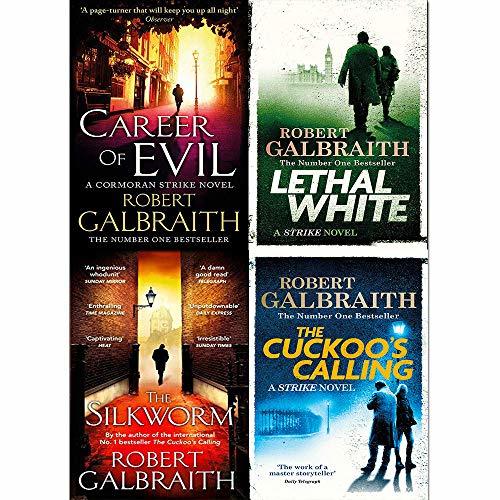
The Strike Series has always had political commentary in the background – but these things hardly got any attention in the first three books. The Second book – The Silkworm is getting panned retrospectively for being Islamophobic after the publication of the 5th book. This seems really funny because Rowling has been fairly active on twitter against what she herself perceives as Islamophobia. Maybe it is her consistent stance when it comes to calling out Corbyn for Labour’s Anti-Semitism that has taken away her brownie points for calling out Anti-Muslim bigotry. Her fourth book of the series was particularly political – as Rowling caricatured both the right and the left equally in the Lethal White. She appeared pretty harsh on Antifa type protestors/activists in the Lethal White. Troubled Blood has certainly got a lot of politics in it. The book references the bloody Partition of India from an Indian POV with references to Suhawarty being complicit in the 1946 carnage. The book also touches Scottish and Welsh nationalism (Rowling a Scot, was a strong Remain in the UK advocate and well as Remain in Europe advocate) and manages to humanize the nationalism of the Scots and the Welsh while critiquing it. However, the strongest political message of this book has to be its argument in favor of the 20th-century Feminism. Both the protagonists are feminist in the older definition of the word, which at times seems to be at odds with the 21st-century feminism. Rowling’s feminism which comes across in the book is much more focused on
- fighting for female safety from sexual and violent crimes.
- fighting for female control over reproduction and sex
- fighting misogyny faced by career-oriented women
Rowling like her protagonist, Robin Ellacott is a survivor for violent and sexual crimes. Her psyche and motivations are mirrored a lot in Robin, which has especially come to the fore in the last three books. Of all the characters Rowling has brought to life, Robin Ellacott is the closest to her- an intelligent and independent feminist who is slightly left of center politically. Rowling like Robin continues to be influenced by the violence faced decades ago. It’s this experience and consequent political priorities that have led Rowling to champion physically safe spaces for women (bathrooms and changing rooms). Western Left must decide which TRENCH they are willing to die in. When most polls show that the overwhelming public is not comfortable with transwomen using women bathrooms, taking a radical stance will be laughable and outright stupid.
From India, at least this debate appears a non-starter in the priorities plaguing India – but that hasn’t prevented Indian Left jumping on the AntiRowling bandwagon on twitter with Varun Grover calling her a Prisoner of Patriarchy. I guess Grover feels he has some stake in the debate after him helping bring Kukoo to life in Sacred Games. Would “Gaitonde being able to transcend Kukoo’s biology for love” be something that’s expected from every heterosexual man or a lesbian woman? According to Rowling and other Gender critical folks, that’s already the case in the west :
However, as Magdalen was a great believer in the importance of biological sex, and didn’t believe lesbians should be called bigots for not dating trans women with penises,
In this woke world view, even a sexual/physical assault survivor is lower down the oppression hierarchy and hence a TERF as they simply can’t put their own priorities above the rapidly changing commandments of the woke mob. All the prior brownie points Rowling had earned on the left due to her politics, philanthropy, and personal story are annulled when Rowling came out as Gender critical. If a person with as liberal credentials as Rowling can be hounded or canceled like this then I shudder to think what conservatives must be thinking in the west.
By virtue of her previous success and fan following, JK Rowling is a type specimen of what one could call Un-cancellable. But by the avalanche of the attacks she has faced (even from people who owe their careers to her), it is fair to say the position of lesser writers would be extremely tenuous if they choose to be non-conformist. Most of the criticism of Rowling is so stupid and spurious it is not even a classic strawman in my view.
All biological interventions like Breast enlargements, Botox, or Transitioning Sex are not interventions anyone should rush into. Isn’t it fair to raise the point that the Ease with which Sex change is offered to impressionable teenagers is risky? Are these activists sure these teenagers won’t regret these changes which in many cases have a long term effect on one’s body? There has been a lot of research that can make a lot of Woke activists uncomfortable. Should we just sweep that under the rug or make it the elephant in the room? There have been dozens of instances of de- transitioning and a lot more where people continue to regret transition. I expect this debate to continue violently as parents will not want to take chances when it comes to their kids – even under the pressure of the woke people.
This discussion comes to something I discussed with Omar and Mukunda when we talked. For long I have loudly wondered whether it’s Islam the Rock that has broken liberalism as our own Dr. Omar as put so eloquently. Now it seems the Trans-debate and other Woke Dogmas have surpassed the challenge to liberalism posed by Islam. It can even be speculated that the liberal order itself without emphasis on its core tenets was never robust internally and was bound to fail especially after the vacuum left by the withdrawal of religion and nationalism.
Post Script:
I have been a huge fan of JK Rowling for 2 decades. It was her writings that introduced a video game & television addicted 11 year old to the pleasures of the written world. It wouldn’t be a stretch to say that Rowling has changed the lives of thousands of other kids like me.
a few links about detransitioning: Link Link Link
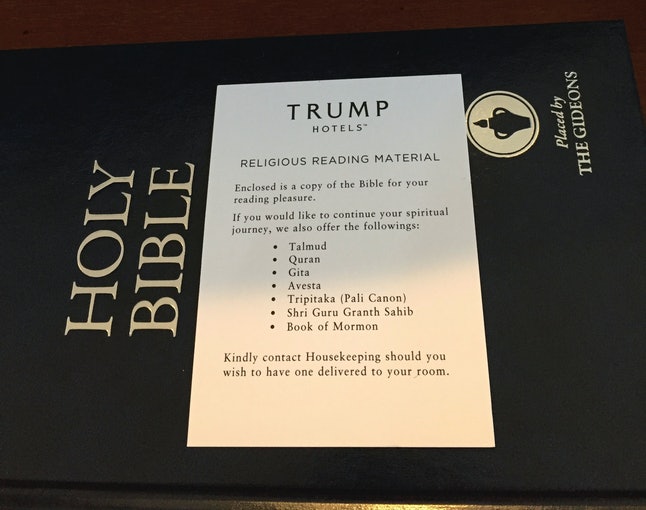
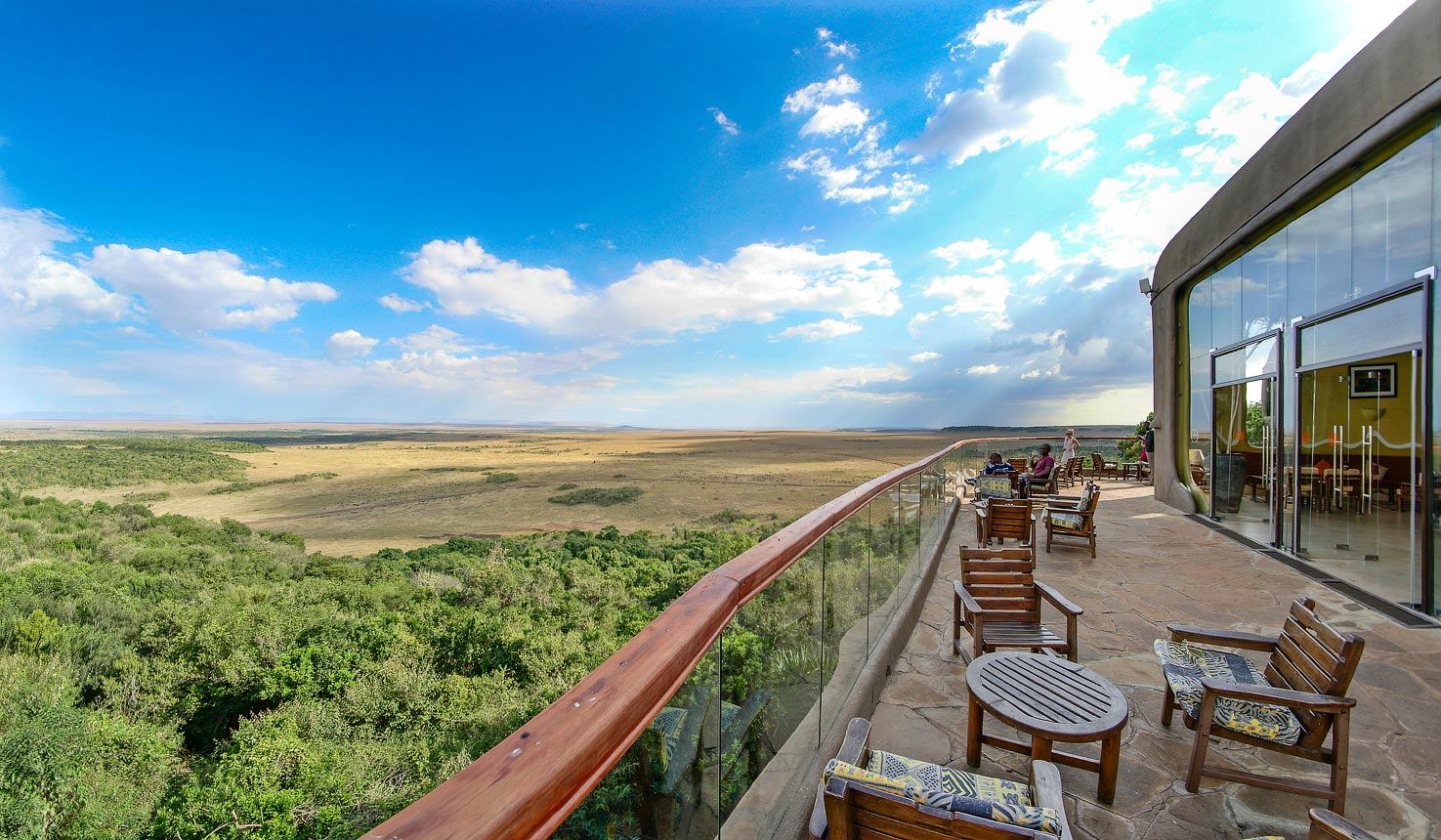



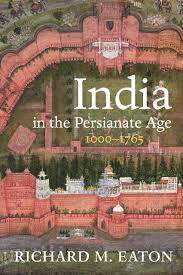




 Hinduism and give us his opinion of what it was and what it is today. And of course, we asked him about caste. And we hope to have him come back in the future to touch on topics we did not get to today.
Hinduism and give us his opinion of what it was and what it is today. And of course, we asked him about caste. And we hope to have him come back in the future to touch on topics we did not get to today.